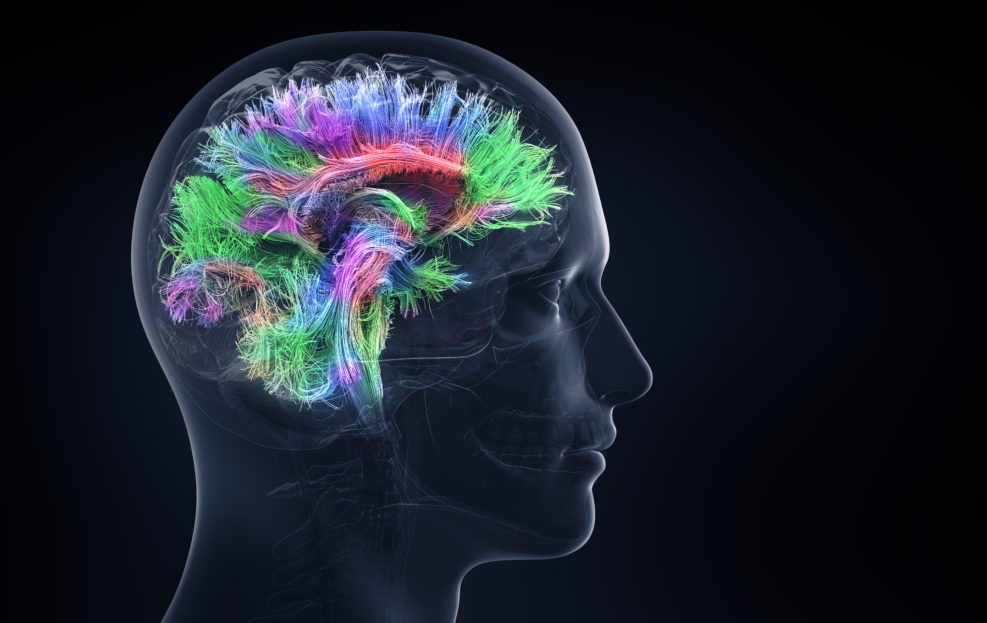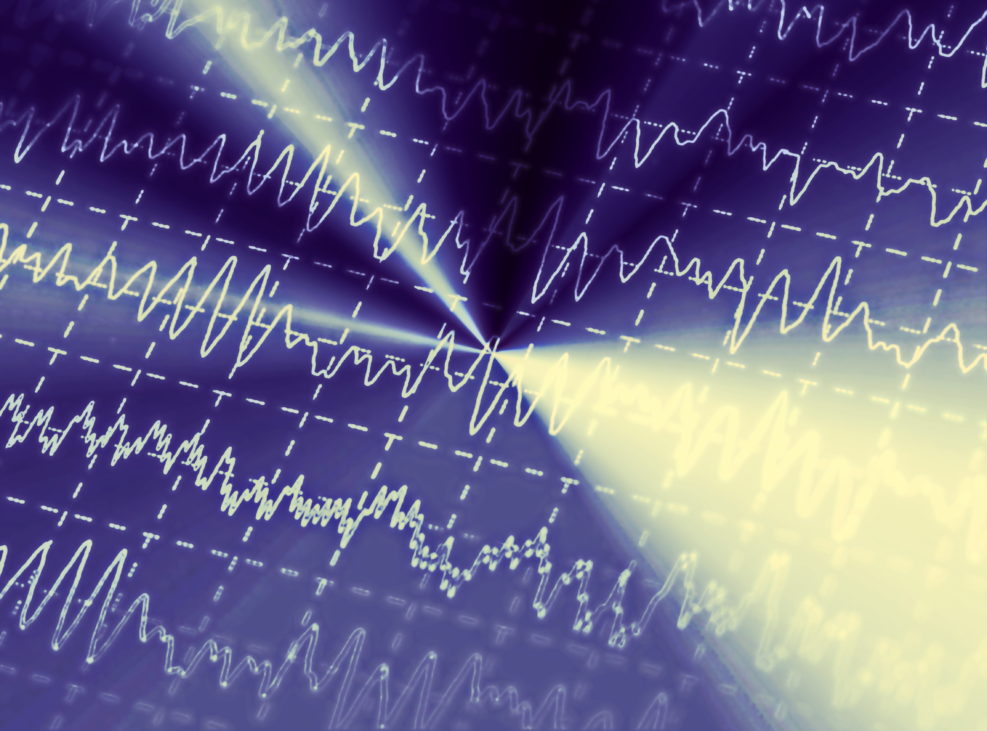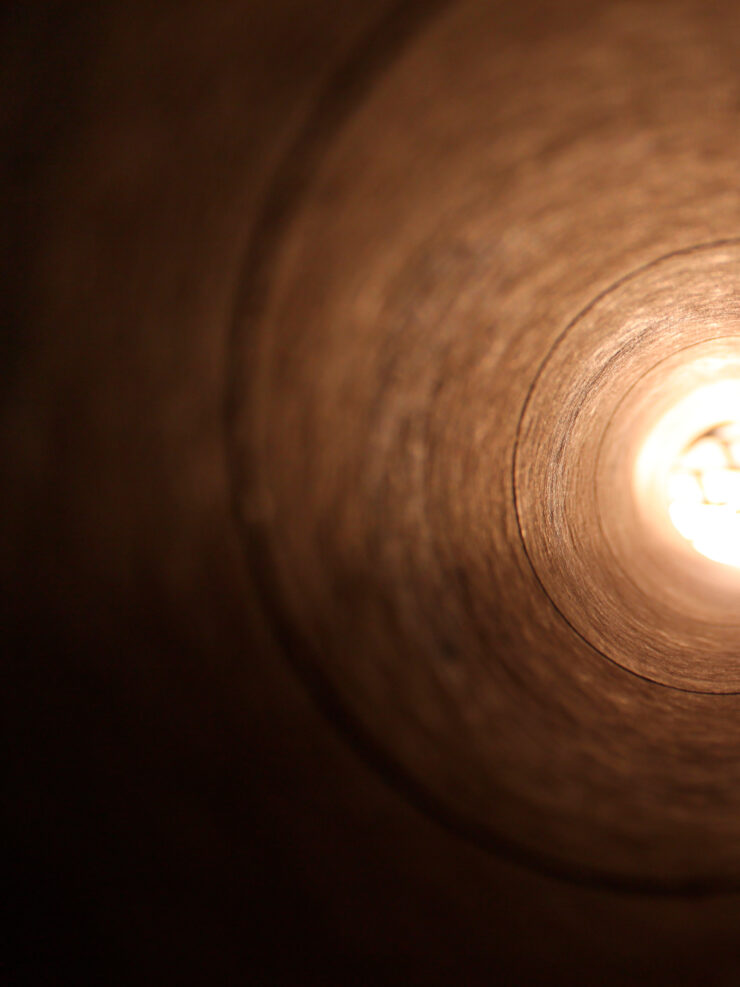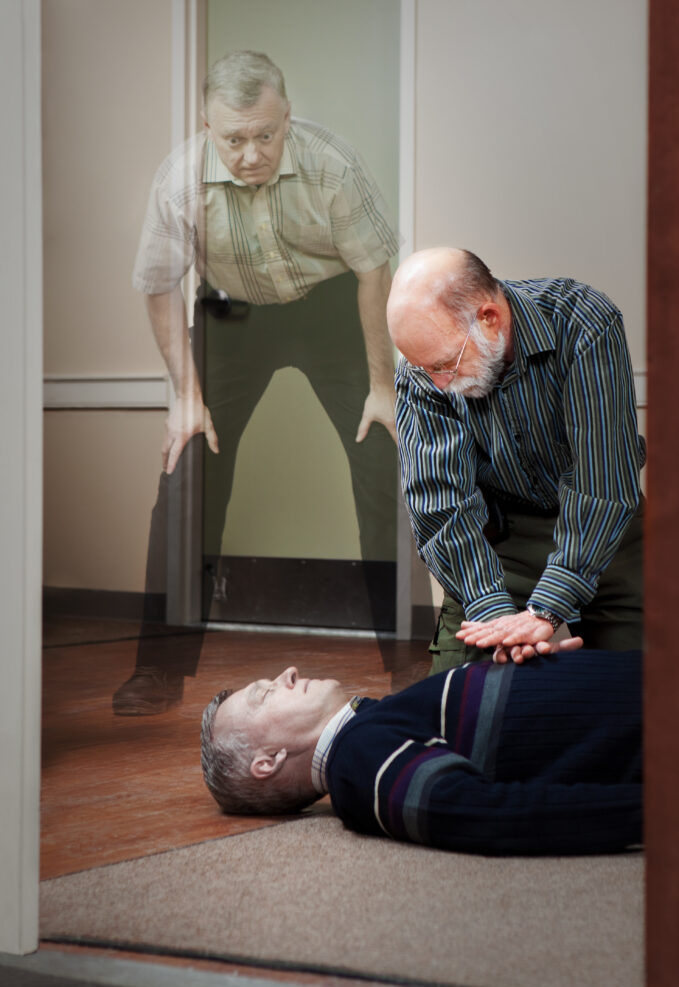
Ways the Brain Can Heal
Robert Marks and Andrew Knox continue their conversation on neurology, epilepsy, and mental illness. In this episode, they focus on the medications and practices that can help restore proper brain function, from antidepressants to forms of surgery to Elon Musk’s potential “Neuralink.” Additional Resources




